Optimal Timing for Storm Restorations
Storm restorations are most effective when performed promptly after storm events, but timing can influence the quality and longevity of repairs. Understanding seasonal patterns and weather conditions helps determine optimal periods for restoration work in Granbury, TX.
Immediate restoration after storms minimizes damage progression and reduces repair costs. Prompt action ensures structures are secured and vulnerabilities addressed quickly.
Scheduling restorations during calmer weather months allows for thorough inspections, better resource availability, and reduced project delays.
Dry, mild weather conditions are ideal for repairs, preventing delays caused by rain, wind, or extreme temperatures.
Spring and early summer often see increased storm activity, making timely restoration essential. Fall and winter may offer more stable conditions for repairs.
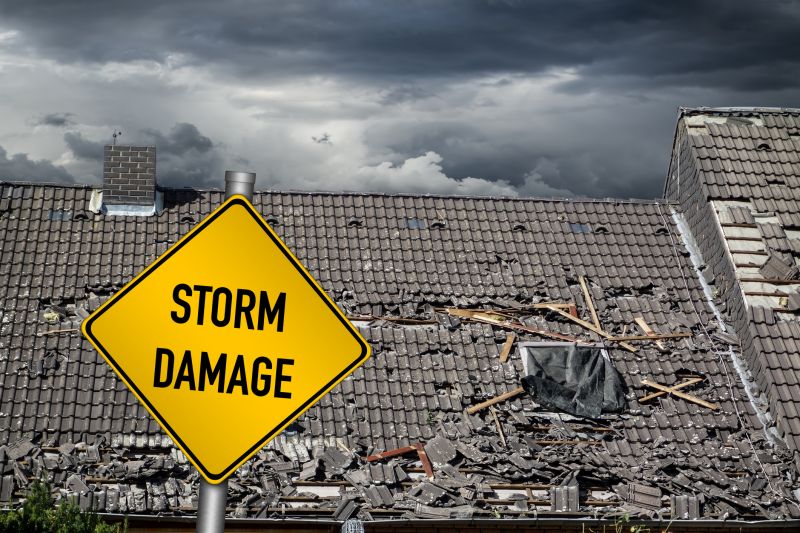
A detailed evaluation helps prioritize restoration efforts after storms.

Specialized tools and machinery facilitate effective repairs.
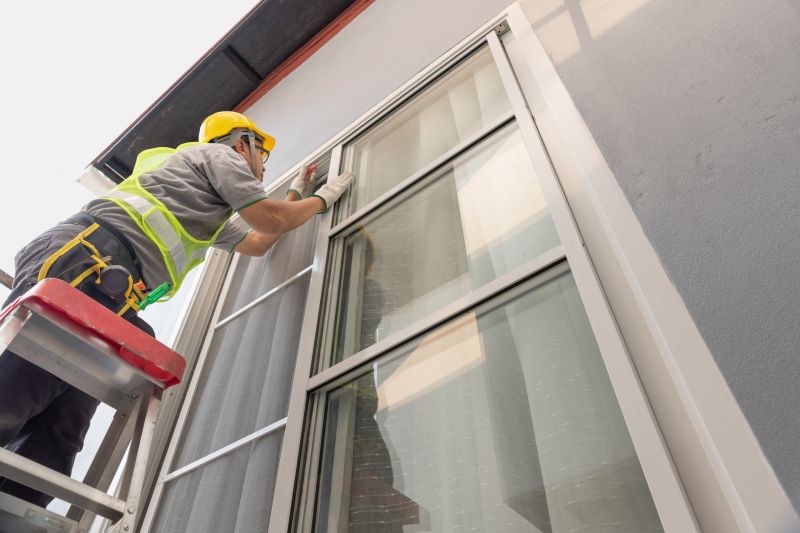
Professionals performing repairs in adverse weather conditions.
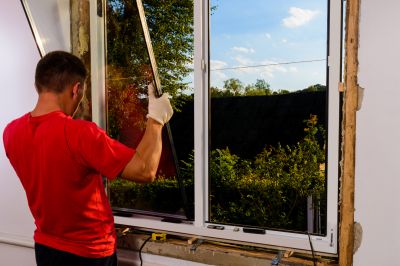
Ways to make Storm Restorations work in tight or awkward layouts.

Popular materials for Storm Restorations and why they hold up over time.
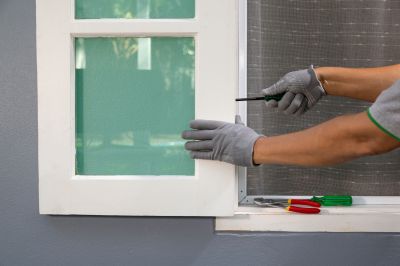
Simple add-ons that improve Storm Restorations without blowing the budget.
Storm restorations involve a comprehensive process of assessing damage, securing structures, and repairing or replacing affected components. Effective restoration reduces long-term risks and restores structural integrity. Statistics indicate that timely repairs can extend the lifespan of roofing, siding, and other critical elements by several years, saving property owners significant costs over time.

Visual comparison of damage and restoration results.
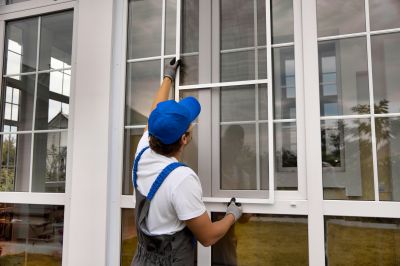
Workers repairing storm-damaged structures.

Common roofing damages caused by storms.

Restored building exterior after storm damage.

High-end options that actually feel worth it for Storm Restorations.
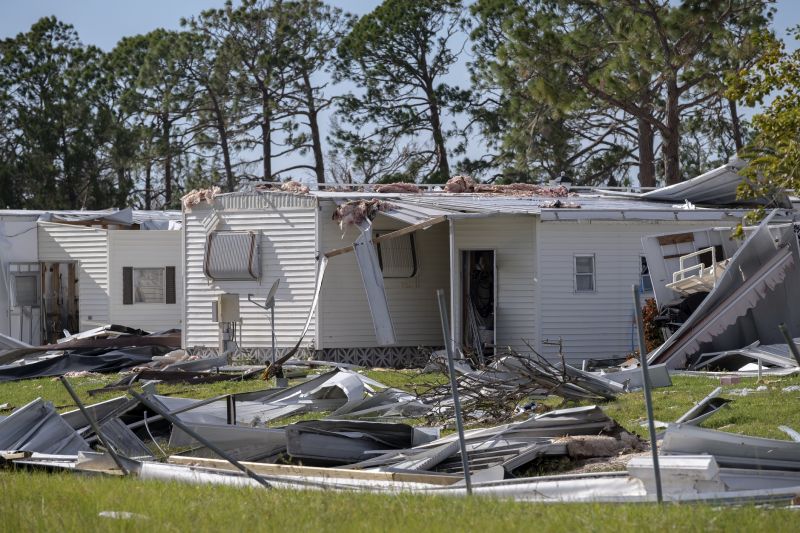
Finishes and colors that play nicely with Storm Restorations.
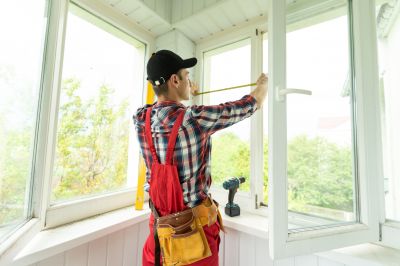
Little measurements that prevent headaches on Storm Restorations day.

A 60-second routine that keeps Storm Restorations looking new.
| Season | Optimal Restoration Timing |
|---|---|
| Spring | Start restorations early to prevent storm damage escalation. |
| Summer | Ideal for repairs due to dry weather, but storm activity is high. |
| Fall | Good for scheduling repairs, with decreasing storm frequency. |
| Winter | Suitable for indoor repairs; exterior work may be limited. |
| Post-Storm | Immediate action recommended after storm events. |
Timing plays a crucial role in the effectiveness of storm restorations. Planning repairs during periods of stable weather ensures better working conditions, reduces delays, and enhances the quality of work. Property owners should consider seasonal patterns and upcoming weather forecasts to determine the best time for restoration activities.

Assessing damage immediately after storms.
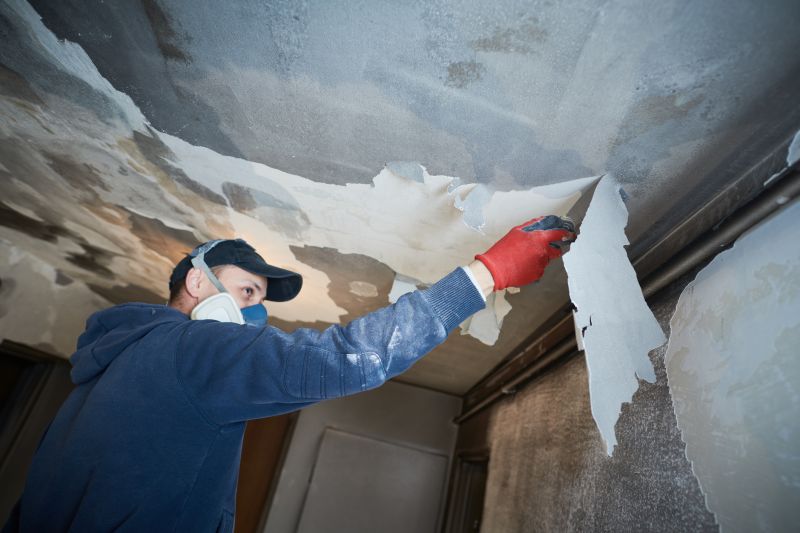
Workers repairing storm-damaged structures.

Performing repairs in favorable weather conditions.

Finished repair projects ready for storm seasons.
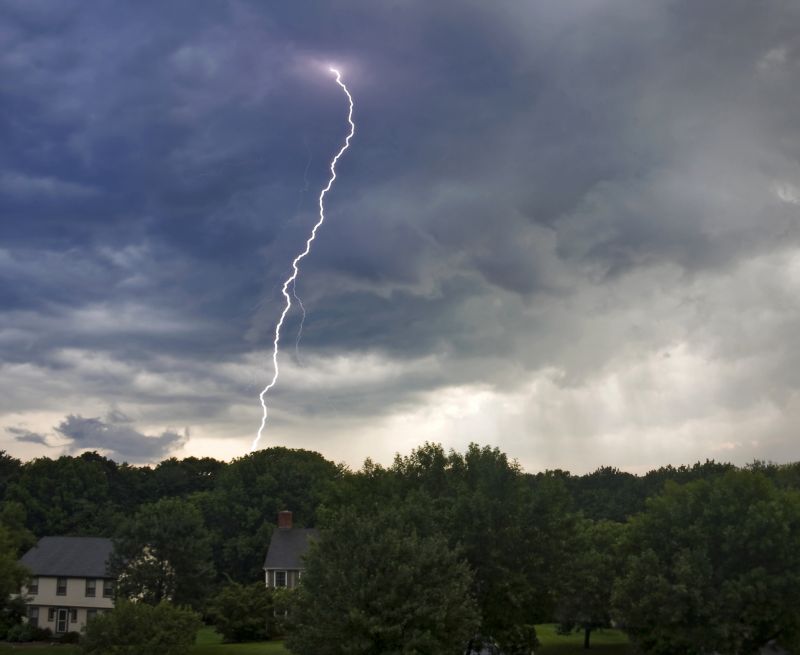
A frequent mistake in Storm Restorations and how to dodge it.

Small tweaks to make Storm Restorations safer and easier to use.

Lower-waste or water-saving choices for Storm Restorations.

The short, realistic tool list for quality Storm Restorations.
Interested property owners in Granbury, TX, are encouraged to contact for more information about scheduling storm restorations or assessing current damages. Timely intervention helps ensure structures withstand future storms and minimizes potential damage.
